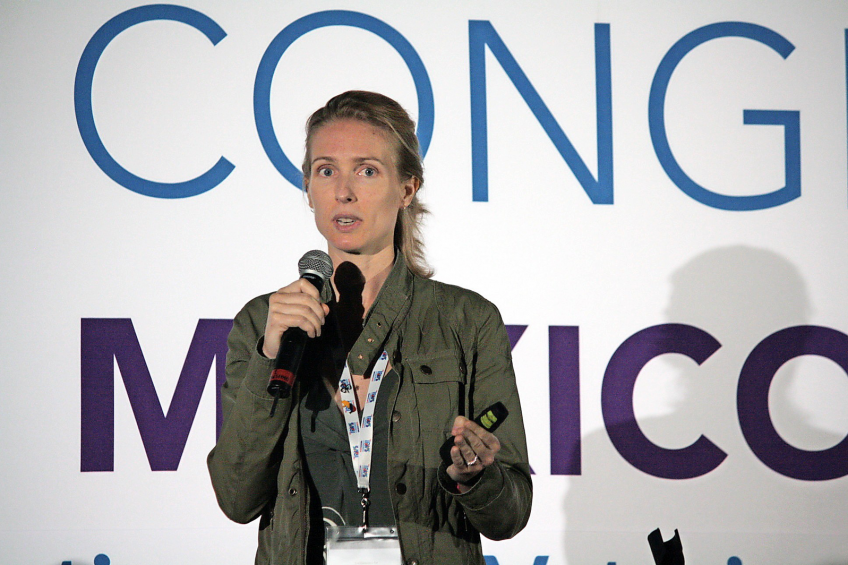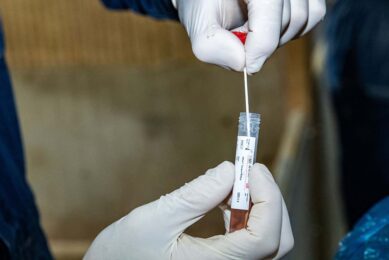Decreasing the viral load of influenza A using ions

Electrostatic particle ionisation technology could be a method to combat swine influenza in pig farms.
This conclusion was shared by Carmen Alonso, University of Minnesota, at the recent International Pig Veterinary Society (IPVS) Congress in Cancún, Mexico.
She told delegates about the research she and her team conducted to understand more about the role aerosols – and especially their size – play in overall influenza A virus transmission.
The research team used an electrostatic particle ionisation system (EPI) as it is an air cleaning technology able to reduce airborne agents because of its ability to clump and settle airborne particles potentially improving air quality decreasing the risk of disseminating pathogens.
The objectives of this study were twofold:
- to evaluate the particle size ranges that influenza A virus is associated with when aerosolised by pigs, and;
- the impact of the EPI system in removing influenza A virus from aerosols generated by infected pigs.
Trial set up
To summarise the trial set up, the EPI system was installed at 1.3 m height along the length of a 35 m3 isolation unit at the University of Minnesota. For the purpose of the study, ten pigs were intranasally and intratracheally infected with an H1N1 influenza virus. Aerosols were sampled for 30 minutes, using a cyclonic air collector. Additionally, an optical particle counter and an ion meter were used to analyse total particles and verification of ion concentration during the sampling periods. Air samples were collected with the EPI system ‘off’ and ‘on’ for one hour each time. Oral fluids, clinical signs, coughing and lethargy score were collected at each replicate am/pm. Samples were analysed; difference in the quantity of virus, removal efficiency and total particle counts by size were calculated during the study with the system ‘off’ and ‘on’.
Results
The researchers explained: “The analysis demonstrated that influenza A virus was associated with the largest particle size ranges of 5.8 to 10 microns. After the air was treated with the EPI system there was a significant reduction in the quantity of influenza A in all size stages (with the exception of stage 2). The most pronounced reduction (up to 2.57 logs) was observed in particles from 9 to 10 microns. Overall the removal efficiency was positive throughout all days in the study.”
The researchers wrote that results from the study indicate that influenza A can be associated to particle size aerosols of various size ranges. They added, “Furthermore, influenza A aerosols were reduced by the EPI system. Thus air sanitations technologies could play an important role at reducing the load of viral particles from the air; however the significant of this reduction is still unknown. Further studies are needed to test the infectivity of these particles. Decreasing the infectious virus load of influenza A in the air of positive pig farms should decrease the likelihood of dissemination of airborne pathogens to neighboring pig sites.”
PRRS and influenza A
A similar test was also conducted to see if also PRRS and influenza A both could be reduced, since both viruses are transmitted by aerosols. Here also a significant removal of particles was observed when the EPI was on.
The researchers added: “Our results indicated that particle size and distance to the source of ions (or air collection device) influenced the efficiency of the EPI system when aerosols were artificially generated. The distance of the EPI lines to the source of aerosols is a key aspect to take into account when considering this air treatment.”
Next to Carmen Alonso, the research was conducted by P. Raynor, P. Davies and M. Torremorrell, University of Minnesota.











